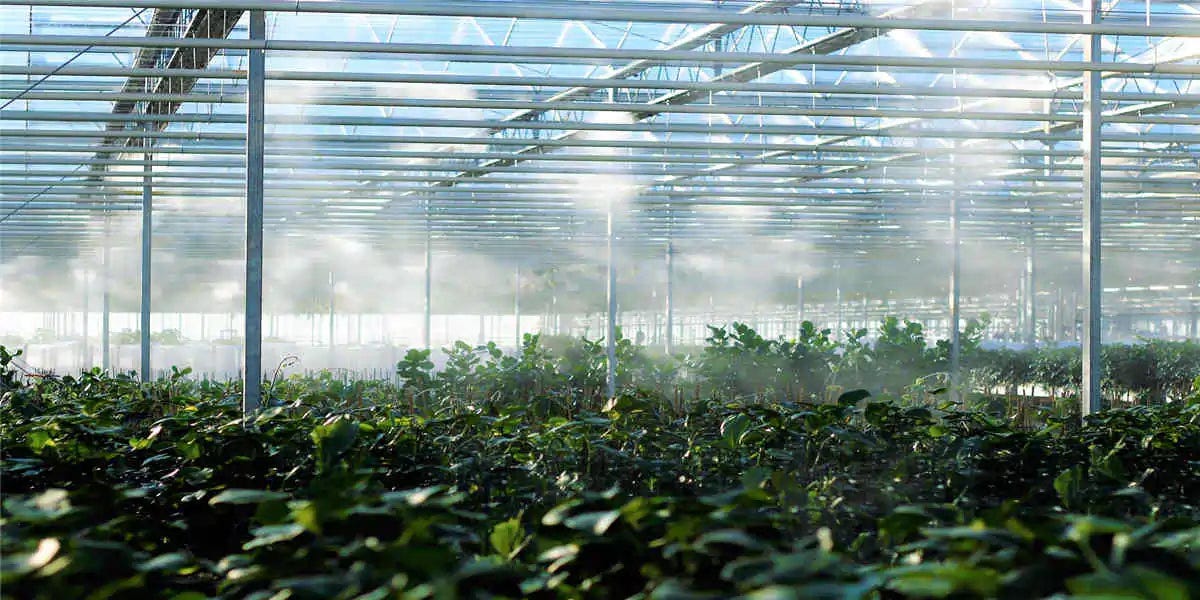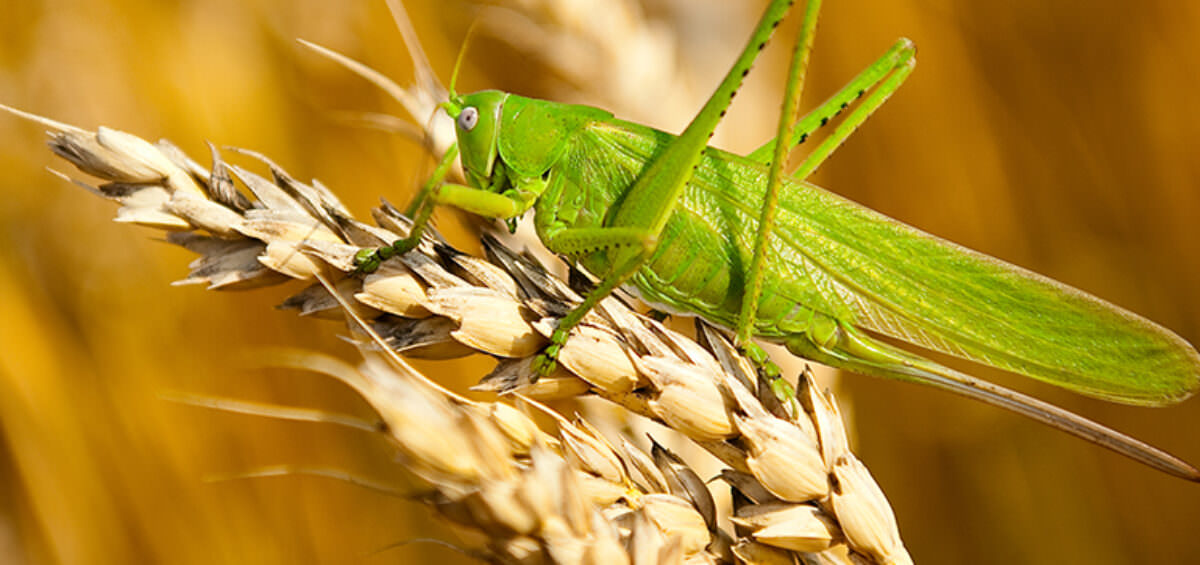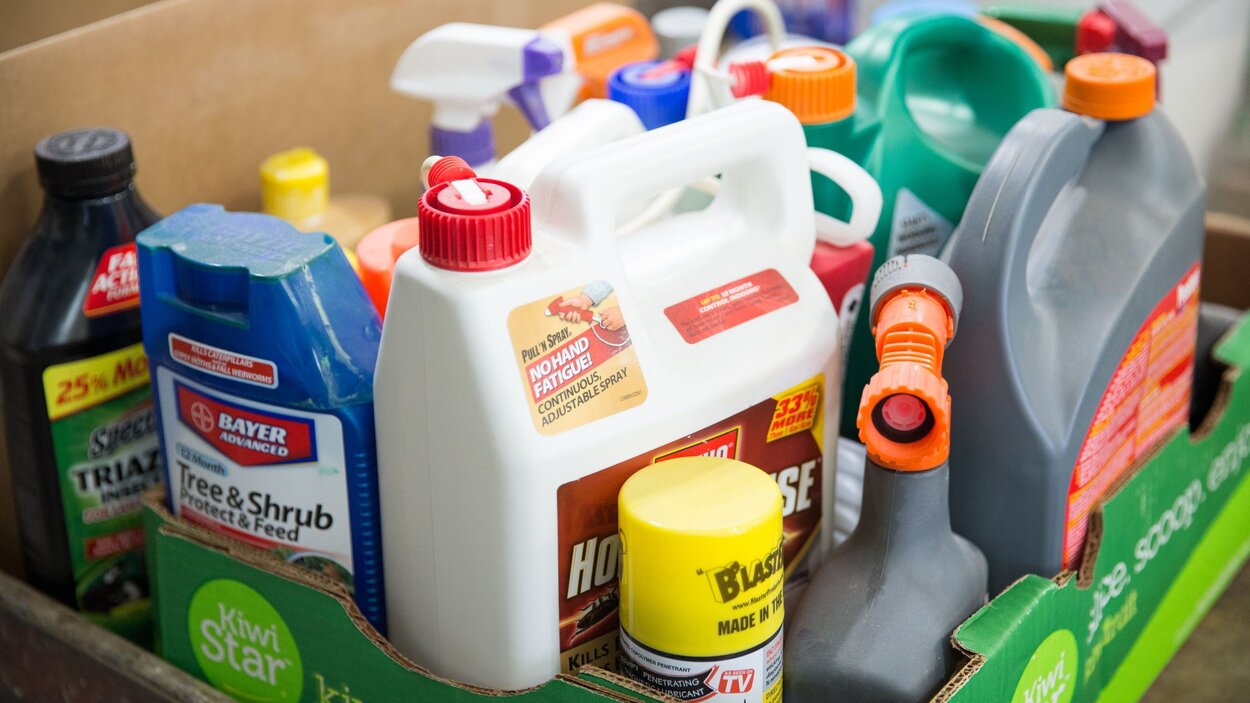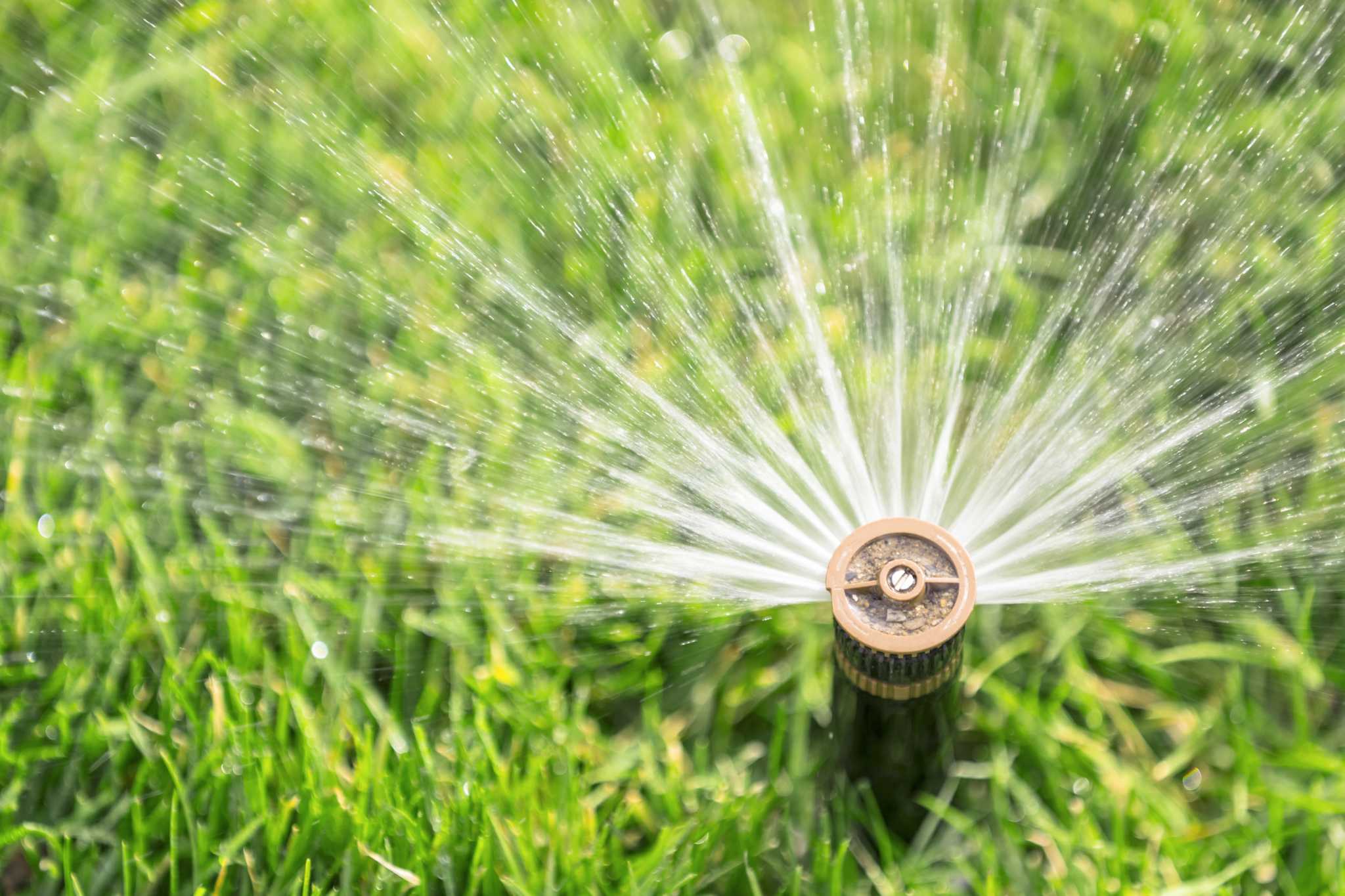Home>Gardening News and Trends>Latest News>How Does Pesticides Increase Crop Yield
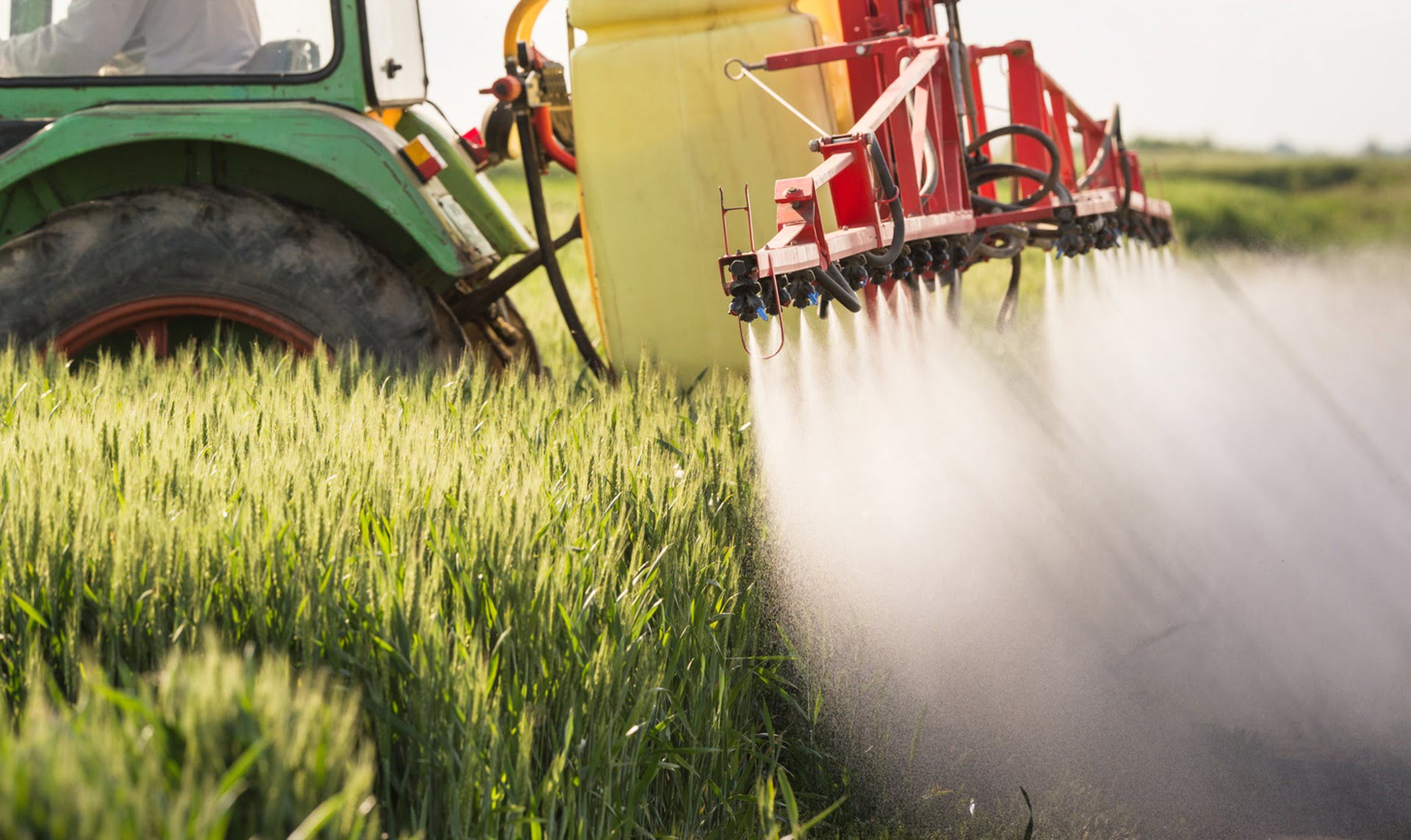

Latest News
How Does Pesticides Increase Crop Yield
Modified: January 22, 2024
Increase crop yield with the latest news on how pesticides effectively enhance agricultural productivity. Stay updated on the impacts of pesticides in maximizing crop production and yield.
(Many of the links in this article redirect to a specific reviewed product. Your purchase of these products through affiliate links helps to generate commission for Chicagolandgardening.com, at no extra cost. Learn more)
Table of Contents
Introduction
When it comes to meeting the ever-growing global demand for food, increasing crop yield is of paramount importance. Farmers and agricultural experts have employed various methods to improve crop productivity over the years, and one approach that has proved effective is the use of pesticides. Pesticides are substances specially formulated to control and eliminate pests, diseases, and weeds that can significantly impact crop growth and yield.
Pesticides play a crucial role in modern agriculture by protecting crops from pests and diseases that can lead to reduced yield or even complete crop failure. These chemicals can help farmers manage the threat posed by insects, fungi, bacteria, and other harmful organisms that can cause severe damage to crops. By using pesticides, farmers can effectively control pests and diseases, mitigate yield losses, and ensure a stable food supply for the growing population.
It is important to note that pesticides are not a one-size-fits-all solution, as different crops and regions have specific pest challenges. Farmers must carefully select the appropriate pesticides based on the type of crop, target pest, and environmental factors to achieve maximum efficacy and minimize any potential negative effects.
In this article, we will explore the relationship between pesticides and crop yield, highlighting the factors that contribute to increasing productivity. We will also discuss the effects of pesticides on soil and the environment, as well as alternative approaches to boosting crop yield sustainably. By understanding the role of pesticides in enhancing crop yield, we can make informed decisions to preserve both agricultural productivity and environmental health.
Understanding Pesticides
Pesticides are chemical substances specifically designed to control, prevent, destroy, or repel pests that can damage crops. They come in various forms, including insecticides, herbicides, fungicides, and rodenticides, each targeting specific types of pests.
Insecticides are used to combat insect pests that feed on crops and cause significant damage. They can be applied in different ways, such as spraying, dusting, or incorporating them into the soil. Herbicides, on the other hand, target unwanted weeds, preventing them from competing with crops for essential resources like sunlight, water, and nutrients. Fungicides are used to control fungal diseases that can affect plant health and reduce crop yield. Rodenticides, as the name suggests, are designed to control rodent populations that may pose a threat to crop production.
Pesticides can be either synthetic or organic. Synthetic pesticides are chemically manufactured, often in laboratories. They are formulated to be highly effective in controlling pests, offering immediate and long-lasting results. However, the use of synthetic pesticides has raised concerns about their potential environmental impact and toxicity to non-target organisms.
Organic pesticides, also known as biopesticides, are derived from natural sources like plants, bacteria, fungi, or minerals. They are generally considered to be more environmentally friendly compared to synthetic pesticides. Organic pesticides offer an alternative solution for pest control, focusing on sustainability and reducing the ecological impact.
Regardless of the type, pesticides are carefully regulated to ensure their safety in terms of human health and the environment. Governments and international organizations have established guidelines and standards for the manufacturing, distribution, and use of pesticides. Proper handling, storage, and application procedures are crucial to minimize risks associated with pesticide use.
It is important to note that while pesticides can be highly effective in managing pests and diseases, they should be used judiciously and in combination with other integrated pest management practices. Integrated pest management (IPM) involves a holistic approach to pest control, incorporating cultural, biological, and chemical methods to minimize pesticide use while maintaining crop yield.
Now that we have a basic understanding of pesticides, let us delve into the relationship between these chemicals and crop yield.
The Relationship between Pesticides and Crop Yield
The use of pesticides has a significant impact on crop yield. By effectively controlling pests, diseases, and weeds, pesticides help ensure healthy plant growth and maximize yield potential. Here are some key aspects of the relationship between pesticides and crop yield:
Pest Control: Pests can cause substantial damage to crops, resulting in reduced productivity or complete crop failure. Insects, for instance, can feed on leaves, stems, or fruits, leading to significant yield losses. Similarly, weeds compete with crops for essential resources such as sunlight, water, and nutrients, compromising their growth and productivity. Pesticides effectively control these pests, preventing damage and allowing crops to thrive.
Disease Management: Crop diseases caused by fungi, bacteria, viruses, and other pathogens can devastate agricultural output. Diseases can weaken plants, stunt growth, and reduce yield potential. Pesticides, particularly fungicides and bactericides, provide vital protection against such diseases, minimizing their impact and promoting healthier crop growth.
Enhanced Growth and Development: Pesticides not only protect crops from pests and diseases but also promote overall growth and development. By mitigating the stress caused by pest damage, crops can allocate resources more efficiently, focusing on growth and fruit production. This leads to healthier plants with improved yield potential.
Consistent Quality: Pesticides help maintain the quality of harvested crops by preventing contamination from pests, diseases, and weeds. Quality control is crucial, especially for crops intended for human consumption or export. By safeguarding against pest-related issues, pesticides contribute to the consistent quality of agricultural products.
While pesticides have undeniable benefits in increasing crop yield, it is important to note that their use should be balanced with other factors. Overuse or improper application of pesticides can lead to resistance in pests, environmental pollution, harmful effects on beneficial organisms, and even human health concerns.
Therefore, it is essential for farmers to adopt sustainable pest management practices that integrate the use of pesticides with other strategies. This includes crop rotation, biological control, use of resistant plant varieties, and proper monitoring of pest populations. Integrated pest management (IPM) is a holistic approach that aims to minimize pesticide use while maintaining effective pest control and crop yield.
The relationship between pesticides and crop yield is both complex and dynamic, influenced by various factors such as pest pressure, environmental conditions, crop type, and pesticide selection. By understanding this relationship and implementing appropriate pest management strategies, farmers can optimize crop productivity while minimizing the negative impact on the environment and human health.
Factors Influencing the Increase in Crop Yield
Achieving a significant increase in crop yield is a goal shared by farmers worldwide. While pesticides play a crucial role in this endeavor, there are several other factors that contribute to the overall productivity of agricultural systems. Understanding and optimizing these factors can help farmers maximize their crop yields. Here are some key factors influencing the increase in crop yield:
Access to Quality Seeds: The quality of seeds used for planting is a vital factor in determining crop yield. Farmers should have access to high-quality seeds that are disease-resistant, adapted to local environmental conditions, and have desirable traits such as high yield potential. They can choose from traditional varieties, hybrid seeds, or genetically modified organisms (GMOs) depending on their specific requirements.
Soil Quality and Nutrient Management: Soil health plays a vital role in crop productivity. Adequate soil fertility and nutrient availability are crucial for optimal plant growth. Regular soil testing helps farmers identify nutrient deficiencies and adjust fertilization practices accordingly. Proper nutrient management, including the application of organic matter, compost, and fertilizers, ensures that crops have the necessary nutrients to reach their full yield potential.
Water Availability and Irrigation: Sufficient water availability is critical for crop growth. Depending on the climatic conditions and the water requirements of the crops being cultivated, farmers need to ensure proper irrigation methods and schedules. Efficient irrigation systems, such as drip irrigation or sprinkler irrigation, help minimize water wastage and ensure that crops receive the required amount of water at the right time.
Climate and Weather: Weather conditions, including temperature, rainfall, and sunlight, have a direct impact on crop yield. Extreme weather events such as droughts, floods, or heatwaves can significantly reduce productivity. Farmers must consider climate patterns and choose crop varieties that are tolerant of local weather conditions to minimize yield losses.
Pest and Disease Management: As discussed earlier, pests and diseases can cause considerable damage to crops, leading to reduced yields. Alongside the strategic use of pesticides, implementing integrated pest management (IPM) practices, such as crop rotation, biological control, and proper field sanitation, helps minimize pest and disease pressure, ultimately contributing to increased crop yield.
Optimal Planting and Crop Management Practices: The timing of planting, proper spacing, and appropriate crop management practices (such as pruning, thinning, and weeding) are crucial for maximizing yield. These practices ensure that crops have enough space, sunlight, and nutrients to grow and develop fully.
Technology and Innovation: Technological advancements, including precision agriculture, remote sensing, and data analytics, have revolutionized modern farming practices. These tools and techniques help farmers optimize resource allocation, make informed decisions, and identify problem areas in the fields. Embracing innovative agricultural technologies can significantly enhance crop yield.
It is important to note that while each of these factors has an individual impact on crop yield, they are all interconnected. Farmers must take a holistic approach, considering multiple factors and optimizing them in conjunction to achieve the maximum possible increase in crop yield.
By carefully managing these factors, farmers can harness the full potential of their crops, maximize productivity, and contribute to meeting the global food demand sustainably.
Effects of Pesticides on Soil and Environment
The use of pesticides in agriculture has undoubtedly contributed to increasing crop yield and protecting plants from pests and diseases. However, it is important to recognize that the use of pesticides can also have unintended consequences on the soil and the environment. Here are some key effects of pesticides on the soil and the environment:
Soil Degradation: Pesticides can have detrimental effects on soil health and fertility. Continuous and excessive use of certain pesticides can deplete beneficial soil microorganisms, disrupt soil nutrient cycles, and alter the soil’s physical structure. This can lead to decreased soil fertility, reduced water-holding capacity, and increased soil erosion, ultimately impacting crop productivity in the long run.
Water Contamination: Pesticides have the potential to contaminate water sources, such as lakes, rivers, and groundwater. This can occur through runoff from agricultural fields, leaching into the soil, or improper disposal of pesticide products. Pesticides in water bodies can harm aquatic organisms, disrupt the natural balance of ecosystems, and pose risks to human health if consumed through contaminated drinking water.
Non-Target Organism Harm: Pesticides are designed to target specific pests, but they can also harm beneficial organisms, including pollinators, natural predators, and soil microorganisms. Bees, butterflies, birds, and other pollinators play a crucial role in crop reproduction, and their loss can have significant impacts on yield. Additionally, the elimination of natural predators can result in pest outbreaks and the need for even higher pesticide use.
Residual Effects: Certain pesticides can persist in the environment for extended periods, leading to cumulative effects on ecosystems and organisms. They can bioaccumulate in the food chain, causing potential harm to higher-level consumers, including humans. Long-term exposure to pesticide residues can have adverse health effects, such as developmental disorders, hormonal disruptions, and increased risk of certain diseases.
Resistance Development: Over time, repeated use of the same pesticides can lead to the development of resistance in target pests. The surviving pests reproduce and pass on their resistance genes, rendering the pesticides less effective or ineffective. This drives the need for higher doses or the use of different pesticide classes, further contributing to potential environmental damage. Minimizing pesticide use and employing integrated pest management strategies can help slow down resistance development.
Ecological Imbalance: Pesticide use can disrupt the natural balance of ecosystems by decreasing biodiversity and reducing the abundance of beneficial organisms. This can have cascading effects on the entire ecosystem, including reduced pollination, altered predator-prey relationships, and increased vulnerability to pest outbreaks. Maintaining ecological balance is crucial for sustainable agriculture and long-term crop yield stability.
To mitigate the environmental impacts of pesticides, farmers and agricultural professionals can adopt integrated pest management (IPM) practices. This approach promotes the use of multiple pest control strategies, including cultural, biological, and chemical methods, while minimizing the use of pesticides. Additionally, choosing pesticides with lower toxicity levels, following proper application techniques, and adhering to safe handling and disposal practices can help minimize the negative effects on the soil and the environment.
By recognizing and addressing the potential environmental consequences of pesticide use, farmers can strike a balance between maximizing crop yield and preserving the long-term health and sustainability of agricultural ecosystems.
Alternative Approaches to Increase Crop Yield
While pesticides have traditionally been relied upon to increase crop yield, there is a growing recognition of the need to explore alternative approaches that are more sustainable and environmentally friendly. Here are some alternative methods that can help increase crop yield while minimizing reliance on chemical pesticides:
Biological Control: Biological control involves the use of natural enemies, such as insects, bacteria, or fungi, to control pests. These beneficial organisms prey on or parasitize pests, reducing their populations. Implementing biological control strategies can help maintain pest populations at manageable levels without the need for extensive chemical pesticide use.
Crop Rotation: Crop rotation is the practice of growing different crops in a sequential manner on the same land. This approach disrupts pest life cycles, reduces the buildup of pests, and helps to improve soil fertility. By rotating crops, farmers can control pests naturally and reduce the need for pesticides targeted at specific crop pests.
Companion Planting: Companion planting involves intercropping or planting specific plants together to reap the benefits of their symbiotic relationships. Certain plant combinations can repel pests, attract beneficial insects, or enrich the soil through nitrogen fixation. For example, planting marigolds alongside vegetables can repel nematodes and other soil-borne pests.
Cultural Practices: Cultural practices such as proper crop spacing, timely planting, and adequate irrigation can promote healthier plant growth and reduce pest and disease incidence. Providing optimal growing conditions through cultural practices can enhance crop resistance and resilience, minimizing the need for pesticides.
Genetic Improvement: Plant breeding and genetic engineering techniques can be employed to develop crop varieties with inherent resistance to pests and diseases. Incorporating traits such as tolerance to specific pathogens or insect pests allows farmers to achieve pest control without relying heavily on chemical pesticides.
Trap Crops: Planting trap crops that are highly attractive to pests can help draw them away from the main crop. By luring pests to designated areas, farmers can minimize pest damage to the main crop and reduce the need for widespread pesticide use.
Integrated Pest Management (IPM): IPM is an approach that combines various pest control strategies to minimize the reliance on pesticides. It involves monitoring pest populations, using thresholds for pesticide application, and employing a combination of cultural, biological, and chemical methods. IPM allows for precise and targeted use of pesticides, reducing overall chemical input and minimizing the impact on the environment.
Soil Management: Emphasizing soil health through sustainable soil management practices can contribute to increased crop yield. Practices such as cover cropping, mulching, and composting can enhance soil fertility, improve water-holding capacity, and promote beneficial soil organisms, leading to healthier plants and reduced pest pressure.
By adopting these alternative approaches, farmers can increase crop yield while minimizing the ecological impact of chemical pesticides. It is important to note that these methods require knowledge, careful planning, and ongoing monitoring to ensure their effectiveness. Integrating multiple strategies and tailoring them to the specific crop and environmental conditions can help farmers achieve sustainable and resilient agricultural systems.
Conclusion
Increasing crop yield is a constant challenge for farmers around the world, with the need to feed a growing global population. While pesticides have been a valuable tool in achieving higher crop productivity, it is crucial to recognize the potential effects they can have on the soil, environment, and human health. Therefore, it is essential to explore alternative approaches that are more sustainable and environmentally friendly.
Understanding the relationship between pesticides and crop yield provides insights into how these chemicals can effectively control pests and diseases, optimizing plant growth and maximizing productivity. However, it is important to use pesticides judiciously, considering factors such as pest pressure, environmental conditions, and pesticide selection. Integrated pest management (IPM) practices that combine cultural, biological, and chemical methods can help minimize pesticide use while maintaining effective pest control.
Various factors influence crop yield, including access to quality seeds, soil health and nutrient management, water availability, climate and weather conditions, and optimal planting and crop management practices. By optimizing these factors, farmers can enhance their crop yields and contribute to meeting global food demands sustainably.
While the use of pesticides can have unintended consequences, such as soil degradation, water contamination, harm to non-target organisms, and resistance development, implementing alternative approaches can help mitigate these impacts. Employing biological control, crop rotation, companion planting, cultural practices, genetic improvement, trap crops, and sound soil management practices can help increase crop yield while minimizing reliance on chemical pesticides.
By adopting a holistic and sustainable approach to agriculture, farmers can strike a balance between maximizing crop yield and preserving the long-term health and sustainability of agricultural ecosystems. It is crucial to continue research and promote responsible farming practices that prioritize environmental stewardship, biodiversity conservation, and the well-being of both farmers and consumers.
In summary, the goal of increasing crop yield goes hand in hand with the need for sustainable and responsible agricultural practices. By embracing integrated pest management, exploring alternative approaches, and prioritizing soil and environmental health, we can achieve higher crop productivity while striving for a more sustainable future.
